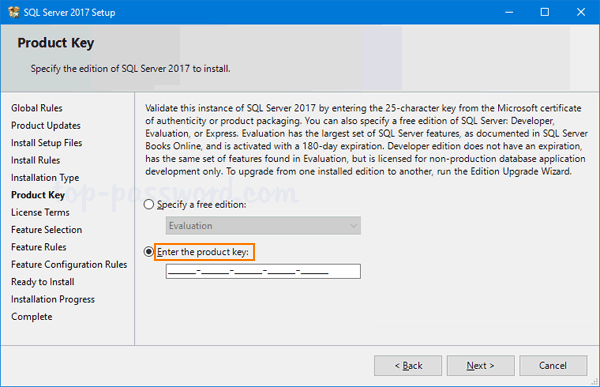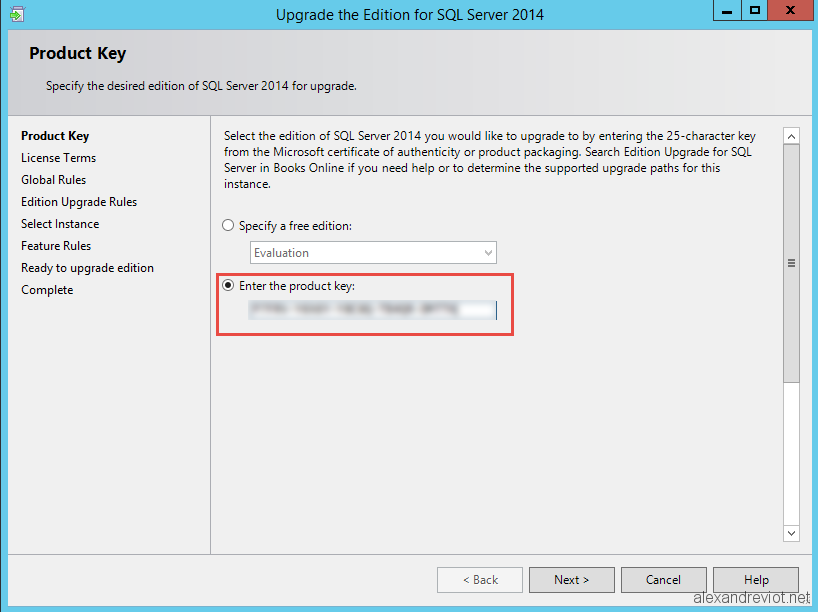

The fix for this issue was first released in Cumulative Update 10.

By default, any hotfix that is provided in a SQL Server service pack is included in the next SQL Server service pack. You must apply a SQL Server 2008 Service Pack 3 hotfix to an installation of SQL Server 2008 Service Pack 3. For more information, click the following article number to view the article in the Microsoft Knowledge Base:Ģ629969 The SQL Server 2008 builds that were released after SQL Server 2008 Service Pack 3 was released Microsoft SQL Server 2008 hotfixes are created for specific SQL Server service packs. Microsoft recommends that you consider applying the most recent fix release that contains this hotfix. For more information about this cumulative update package, click the following article number to view the article in the Microsoft Knowledge Base:Ģ617146 Cumulative update package 1 for SQL Server 2008 Service Pack 3Note Because the builds are cumulative, each new fix release contains all the hotfixes and all the security fixes that were included with the previous SQL Server 2008 fix release. The fix for this issue was first released in Cumulative Update 1 for SQL Server 2008 Service Pack 3. For more information, click the following article number to view the article in the Microsoft Knowledge Base:Ģ692828 The SQL Server 2012 builds that were released after SQL Server 2012 was released You must apply a SQL Server 2012 hotfix to an installation of SQL Server 2012. For more information about this cumulative update package, click the following article number to view the article in the Microsoft Knowledge Base:Ģ679368 Cumulative update package 1 for SQL Server 2012Note Because the builds are cumulative, each new fix release contains all the hotfixes and all the security fixes that were included with the previous SQL Server 2012 fix release. The fix for this issue was first released in Cumulative Update 1 for SQL Server 2012.

Resolution Cumulative update information SQL Server 2012 This issue occurs because the merge replication stays in an error state and cannot handle a sequential stream of the XML data when a Foreign Key violation error occurs. The merge process could not replicate one or more Insert statements to the Publisher.

Additionally, an error message that resembles the following is logged in the SQL Server error log if this issue occurs: In this scenario, you may find the merge replication fails and the XML data is partly replicated or lost. You use a merge publication operation to replicate XML data in Microsoft SQL Server 2005, in Microsoft SQL Server 2008, in Microsoft SQL Server 2008 R2 or in Microsoft SQL Server 2012.Ī foreign key violation error occurs in the same merge replication batch. Because the fixes are cumulative, each new release contains all the hotfixes and all the security updates that were included with the previous SQL Server 2008 SP2, SQL Server 2008 R2 or SQL Server 2012 update release. Microsoft distributes Microsoft SQL Server 2008 SP2, Microsoft SQL Server 2008 R2 or Microsoft SQL Server 2012 fixes as one downloadable file. SQL Server 2008 Developer SQL Server 2008 Enterprise Microsoft SQL Server 2005 Developer Edition SQL Server 2008 R2 Enterprise SQL Server 2008 R2 Developer SQL Server 2008 R2 Standard SQL Server 2012 Developer SQL Server 2012 Enterprise SQL Server 2012 Standard More.


 0 kommentar(er)
0 kommentar(er)
